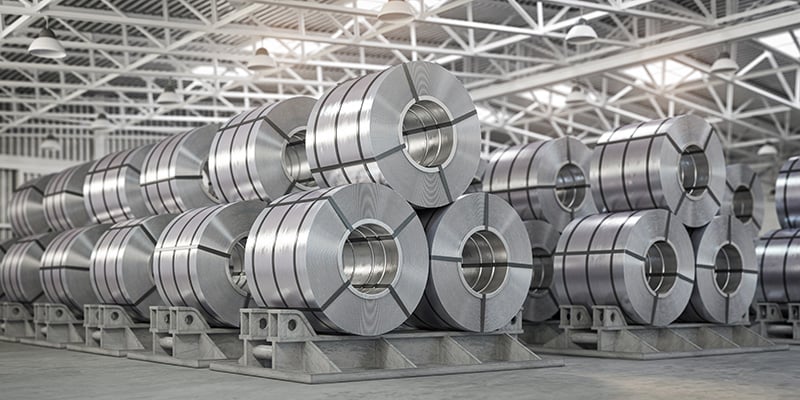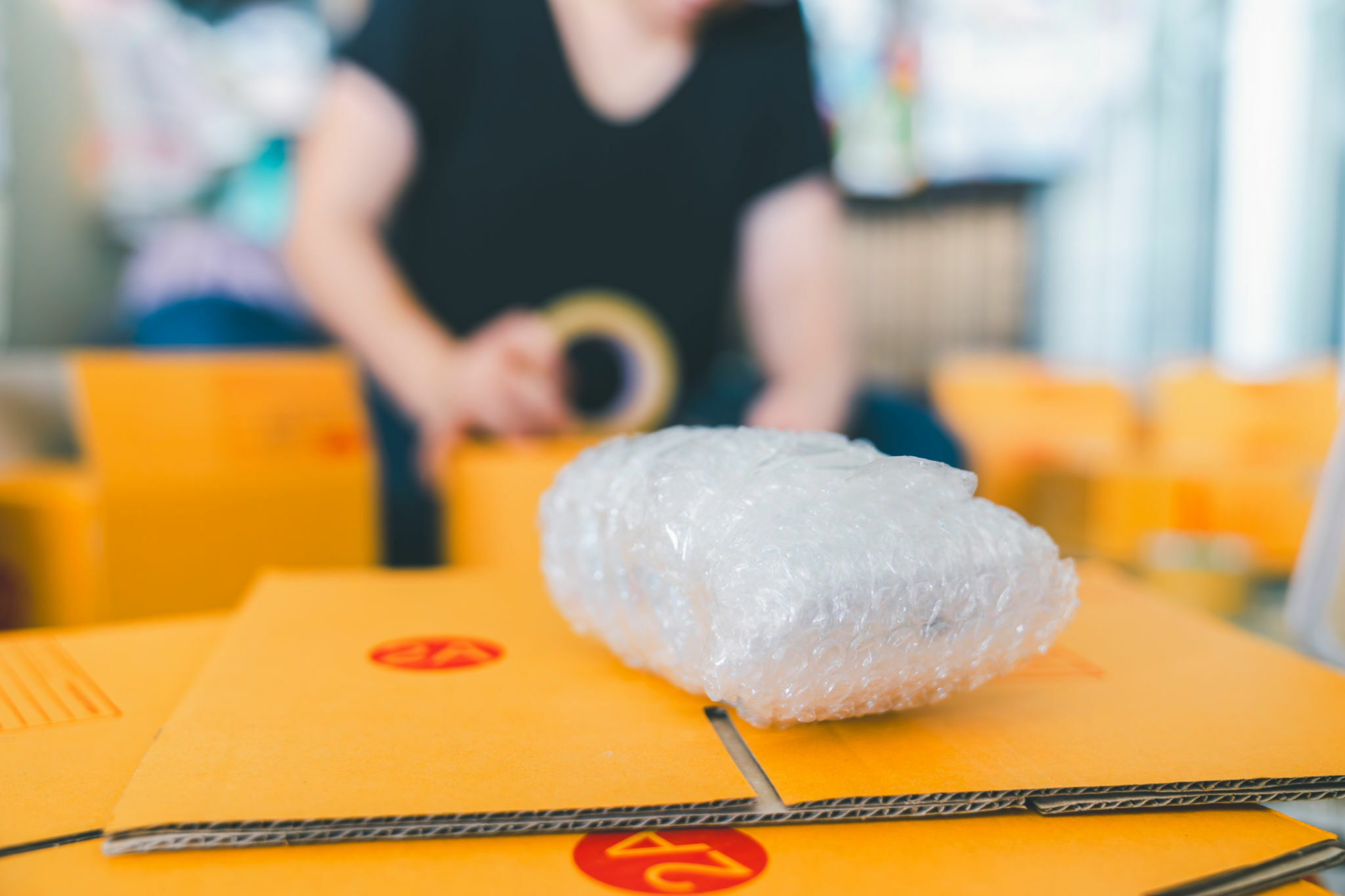Ideal Protection: Industrial Packaging Solutions Tailored for Success
Ideal Protection: Industrial Packaging Solutions Tailored for Success
Blog Article
Reliable Industrial Recycling Solutions for Lasting Packaging: A Comprehensive Guide
In today's progressively environmentally-conscious world, the demand for sustainable packaging options has never been higher. To meet this demand, services across sectors are proactively seeking effective industrial recycling services. Navigating the complicated landscape of sustainable packaging can be testing without an extensive overview. That's where this detailed overview on reliable industrial recycling solutions for lasting product packaging is available in. By exploring essential locations such as product packaging product selection, making for recyclability, applying reusing framework, working together with reusing partners, and monitoring and gauging reusing success, this guide will furnish you with the knowledge and devices required to make informed choices and drive favorable modification within your company. Whether you're a product packaging specialist, sustainability supervisor, or just interested in the topic, this guide will offer useful understandings and methods to assist you browse the world of lasting product packaging.
Product Packaging Product Selection
The selection of product packaging materials plays an essential duty in guaranteeing the sustainability of commercial recycling solutions. When it pertains to lasting product packaging, the choice of products is vital in decreasing environmental effect and maximizing recycling efficiency. Choosing the ideal materials can help in reducing waste generation, save resources, and promote a round economic climate.
Materials like cardboard, paper, glass, and particular types of plastics can be reused several times without shedding their quality. On the various other hand, materials that are difficult to reuse, such as non-recyclable compounds or blended plastics, can develop difficulties for the reusing process and might end up in land fills or incinerators.
An additional consideration is using sustainable and naturally degradable materials. Product packaging made from renewable energies, such as plant-based plastics or biopolymers, can help in reducing dependency on fossil fuels and minimize climate change. In addition, biodegradable materials damage down normally over time, minimizing the accumulation of waste in garbage dumps.
In addition, the weight and volume of packaging materials must be minimized to decrease transport prices and power consumption. Lightweight products not just call for fewer resources throughout production but likewise add to lower carbon discharges during transport.
Creating for Recyclability
Packaging developers must prioritize the use of products that are extensively approved for reusing and have established reusing infrastructures. Materials such as glass, aluminum, and particular types of plastic, like Animal and HDPE, are commonly recycled and need to be liked over materials that are expensive or challenging to recycle.
An additional essential consideration in developing for recyclability is the removal of unneeded parts or products. By lessening the number of layers, coatings, and added elements, product packaging can be made less complex and simpler to reuse. Furthermore, designers should aim to lower the use of combined products, as they can make complex the reusing process.

Implementing Recycling Framework
Efficient execution of recycling framework is important for the success of industrial reusing services. Without correct infrastructure in area, the recycling procedure becomes ineffective and ineffective, impeding the overall goal of lasting product packaging.
To execute recycling framework efficiently, a number of vital elements need to be taken into consideration. There need to be a well-organized collection system that helps with the separation and collection of recyclable products. This can consist of assigned reusing bins in public areas, along with partnerships with waste administration firms for curbside pick-up and sorting.
Once collected, the recyclable materials need to be transported to recycling facilities in a timely manner. This requires efficient logistics and transportation networks, making sure that the products get to the proper facilities immediately.
At the recycling facilities, advanced sorting and handling technologies must remain in area to separate various types of products properly. This consists of making use of automated arranging makers, optical scanners, and manual sorting techniques.
Additionally, there ought to be a robust market need for recycled materials. This can be attained via cooperations with suppliers and sectors that utilize recycled products in their production procedures. Producing a steady market for recycled materials incentivizes the reusing industry and promotes the round economic climate.
Working Together With Recycling Partners

One key element of collaborating with recycling partners is the establishment of clear communication networks. It is essential to establish open lines of interaction to find out here help with the exchange of information, updates, and responses. This allows both celebrations to remain informed concerning the development of recycling efforts and attend to any obstacles or concerns that may emerge.
Furthermore, partnership can include collaborations in developing and implementing reusing programs. Recycling partners can give beneficial understandings and advice in creating effective collection systems and figuring out one of the most appropriate recycling modern technologies. By interacting, companies and reusing companions can optimize the reusing process and lessen waste.
Furthermore, collaboration can expand beyond the functional facets of recycling. It can also include advocacy and education campaigns. By joining forces, services and recycling companions can elevate recognition regarding the value of recycling and advertise the adoption of lasting product packaging methods amongst customers and various other stakeholders.
Tracking and Measuring Recycling Success
To make certain the effectiveness of industrial recycling options and the success of sustainable product packaging objectives, it is essential for businesses and their recycling partners to establish a thorough system for monitoring and measuring reusing success (industrial packaging solutions). Determining and tracking recycling success permits businesses to examine the impact of their reusing initiatives, recognize areas for renovation, and established meaningful targets for future progress
One way to track reusing success is through making use of data collection and analysis tools. By collecting information on the quantity of product packaging waste produced, the portion of waste that is recycled, and the kinds of products being recycled, businesses can gain beneficial understandings into their reusing efficiency. This data can then be examined to identify fads, patterns, and locations of inefficiency.
One more crucial aspect of tracking and gauging reusing success is establishing standardized and clear metrics. This permits services to compare their performance against industry criteria and track their development over time. Metrics such as reusing prices, waste diversion rates, and greenhouse gas exhausts can supply a quantitative procedure of an organization's reusing success.

Final Thought
To conclude, carrying out effective commercial recycling services for sustainable product packaging calls for cautious consideration of packaging product selection, creating for recyclability, implementing recycling framework, working together with recycling partners, and monitoring and determining reusing success. By including these methods, businesses can add to an extra environmentally-friendly and lasting strategy to product packaging, minimizing waste and advertising the round economy.
By exploring vital areas such as packaging material selection, developing for recyclability, implementing recycling facilities, collaborating with recycling companions, and tracking and these details determining recycling success, this guide will furnish you with the understanding and tools essential to make educated decisions and drive favorable adjustment within your organization. Product packaging developers ought to prioritize the usage of products that are extensively accepted for recycling and have established recycling frameworks.Collaboration with recycling content companions is essential for the successful execution of industrial reusing solutions and the achievement of lasting packaging goals. By joining pressures, organizations and recycling partners can increase recognition about the importance of reusing and promote the fostering of lasting product packaging methods among customers and various other stakeholders.
By gathering data on the amount of packaging waste generated, the portion of waste that is recycled, and the kinds of materials being reused, businesses can get useful insights into their reusing performance.
Report this page